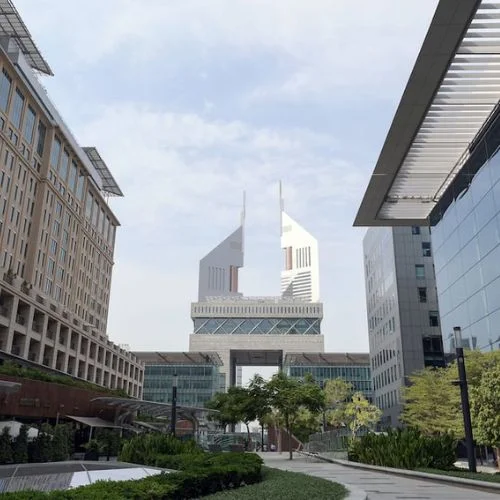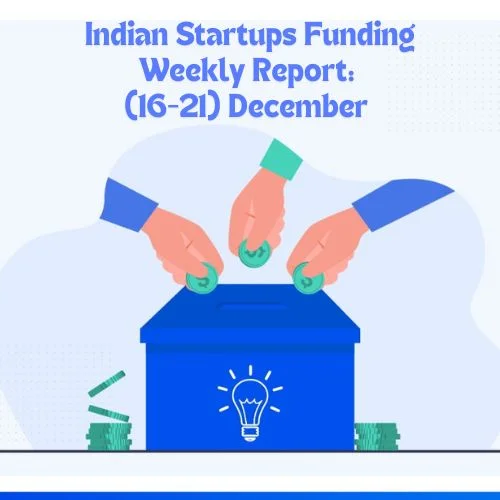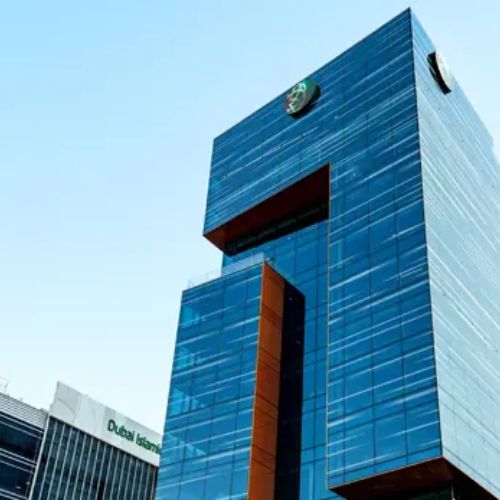China Evergrande Group, a momentous property developer in the vast expanse of China, currently finds itself entangled in a daunting winding-up petition initiated by Top Shine Global Ltd in the vibrant city of Hong Kong. The scheduled hearing for the said petition has undergone an adjournment, shifting from July 31 to October 30, primarily as the petitioner awaits the outcome of Evergrande’s forthcoming rendezvous with its creditors on August 23. During this momentous meeting, the company will put forth its offshore debt restructuring plan, which holds pivotal implications for its future course. This article endeavors to provide an intricate overview of Evergrande’s current plight, the ramifications of the restructuring proposal, and the multifarious challenges it confronts while navigating through the labyrinthine maze of substantial debts and financial turmoil.
The Turbulence of Evergrande’s Financial Predicament
China Evergrande Group finds itself at the very epicenter of China’s property sector crisis, where a gargantuan debt burden towering at a staggering $330 billion dubs it the most indebted developer on a global scale. The company’s harrowing financial struggles have reverberated far and wide, triggering a cascade of defaults in the property market and leaving innumerable homes in a state of desolation across the vast expanse of China. As the specter of debt looms ominously, concerns among investors and creditors have snowballed, casting doubt on Evergrande’s ability to meet its financial obligations.
The Intricacies of the Winding-Up Petition
Top Shine Global Ltd, an investor in Evergrande’s subsidiary Fangchebao, set the wheels in motion by filing a winding-up petition in June 2022 within the bustling precincts of Hong Kong. The crux of the petitioner’s grievance lies in Evergrande’s purported failure to honor an agreement to repurchase shares previously acquired by the investor in the said unit. Consequently, the winding-up petition seeks a court order to bring Evergrande’s operations to a close, citing the company’s alleged inability to fulfill its onerous financial commitments.
The Deferred Verdict
The petitioner, Top Shine Global Ltd, has successfully petitioned for the deferment of the winding-up petition hearing, which is now scheduled for October 30. This strategic move is predicated on awaiting the outcome of Evergrande’s momentous meeting with its pool of creditors, slated for August 23. During this critical gathering, the creditors will have their say on Evergrande’s audacious offshore debt restructuring plan. The consequentiality of their verdict is undeniable, as it will have profound reverberations on the company’s financial equilibrium and its potential capacity to settle its mounting debts.
A Glance at the Prospective Recovery Rate from the Restructuring Plan
Evergrande’s audacious proposal for debt restructuring spans a gamut of options for its creditors, encompassing debt-to-bond swaps and equity-linked instruments. As per a comprehensive analysis conducted by the esteemed consultancy firm Deloitte, the projected recovery rate stemming from this restructuring plan stands at an estimated 22.5%. This figure sharply contrasts with the paltry recovery rate of 3.4% that creditors would likely receive if Evergrande were to be liquidated instead. The heightened recovery rate intrinsic to the restructuring plan is poised to serve as a potent incentive for creditors to throw their weight behind the said proposal.
Sanction Hearings on the Restructuring Plan
The Hong Kong court has scheduled sanction hearings for September 5 and 6 to decide on the restructuring plan’s approval after the creditor voting. For the plan to pass, Evergrande needs approval from holders representing more than 75% in creditor value in each debt class. In April, the company reported that 77% of holders of class-A debt and 30% of holders of class-C debt had indicated their support for the plan.
Implications of the Restructuring Plan
If the restructuring plan receives court approval and gains sufficient support from creditors, Evergrande’s offshore creditors could recoup up to approximately one-quarter of their outstanding debts. This outcome could provide some relief for the company and its creditors, although the overall financial challenges of Evergrande’s immense liabilities would still persist.
Conclusion
The adjournment of the winding-up petition hearing for China Evergrande Group reflects the significance of the company’s financial crisis and the complexity of the proposed debt restructuring plan. Evergrande’s fate hinges on the outcome of the creditor voting on its restructuring plan, scheduled for August 23. The company’s efforts to secure sufficient support from its creditors and court approval will determine whether it can successfully navigate through its financial difficulties and emerge from the current property sector crisis in China.















